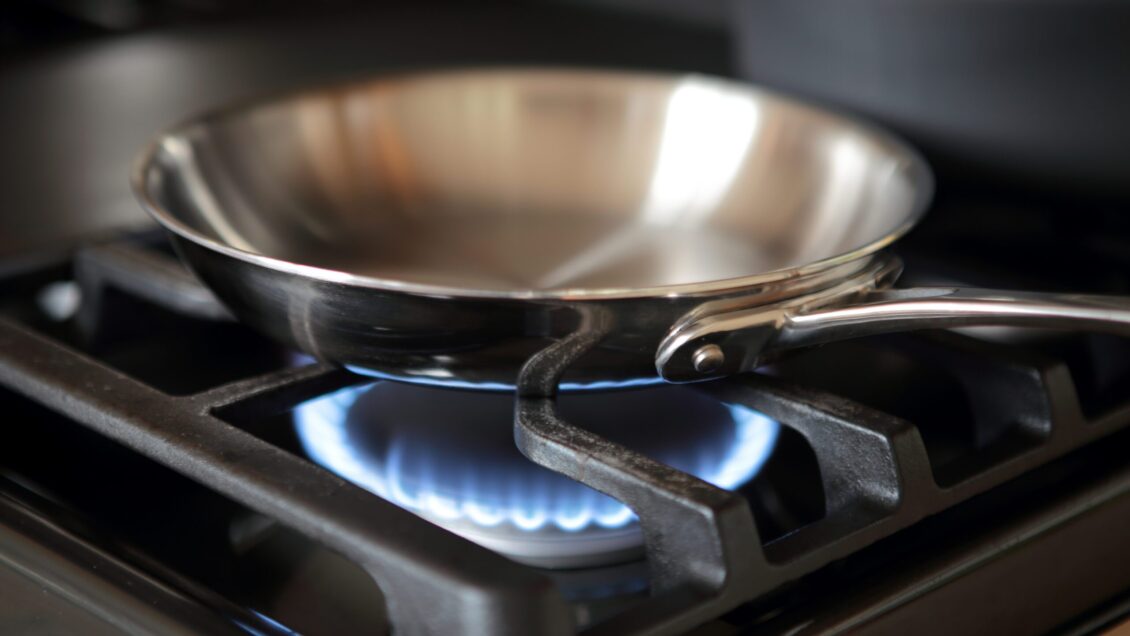October is Fire Prevention Month and the Clemson University Fire & EMS Department (CUFD) wants to help you to stay safe with tips to help prevent fires and be prepared in the event of one. In addition, October 8-14 is Fire Prevention Week, featuring this year’s theme of “Cooking safety starts with YOU. Pay attention to fire prevention.”
Stand by your pan to avoid cooking fires
According to the U.S. Fire Administration, 85 percent of university housing fires are cooking fires, resulting in more than 3,000 university cooking fires each year. Unattended cooking is the leading contributing factor in college cooking fires. Follow these tips when cooking:
- Never leave cooking unattended.
- Keep your cooking area clean and free of anything that can burn.
- Keep an eye on what you are cooking, especially if you are cooking at high temperatures.
- Frying poses the greatest risk. Never put water on a grease fire. Put a lid on it.
- If a fire starts in a microwave, keep the door closed and unplug the unit.
- If you use electric appliances, do not overload circuits.
- Stand by your pan. If you leave the kitchen, turn the burner off.
- For an oven fire, turn off the heat and keep the door closed.
- Propane and charcoal barbecue grills must only be used outdoors. Do not use on balconies, under porches or in garages.
For more information on National Fire Prevention Week and cooking safety, visit the National Fire Protection Association website.
Safely charge devices with lithium-ion batteries
Lithium-ion batteries supply power to many kinds of devices, including smartphones, laptops, e-scooters and e-bikes, e-cigarettes, smoke alarms, toys, and even cars. These batteries can catch on fire or explode if not used correctly or damaged.
- Charging e-scooters and other micro-mobility devices is prohibited on campus.
- Smartphones should be charged in locations that allow for adequate ventilation so they do not overheat. Charging them under a pillow, on a bed or couch doesn’t allow for the necessary airflow.
- Always follow the manufacturer’s instructions.
- Only use the battery that is designed for the device and put batteries in the device the right way.
- Only use the charging cord that came with the device.
- Do not keep charging the device or device battery after it is fully charged.
- Keep batteries at room temperature when possible. Do not charge them at temperatures below 32°F (0°C) or above 105°F (40°C).
- Store batteries away from anything that can catch fire.
For more information, visit the lithium-ion battery safety section of the National Fire Protection Association website.
Have an exit plan
Do you know the best way to get out of your house, apartment or residence hall? Follow these tips to be prepared to exit in case of a fire.
- Count the number of doors between your room and the exits. This will help if you need to get out in the dark.
- Find the two closest exits from your room.
- Find the fire alarms on your floor.
Try FEMA’s Escape Plan VR experience to learn more about escaping a fire and the importance of having a plan.
Do you know what else the Clemson University Fire & EMS Department does?
In addition to providing fire suppression service for Clemson University, CUFD also provides fire suppression service for the City of Clemson as well. But they are certainly not limited to fighting fires. CUFD also provides emergency medical services for the University. All of CUFD’s firefighters are cross-trained as EMTs, Advanced EMTs or Paramedic. CUFD also has three specialized units that can be deployed when needed.
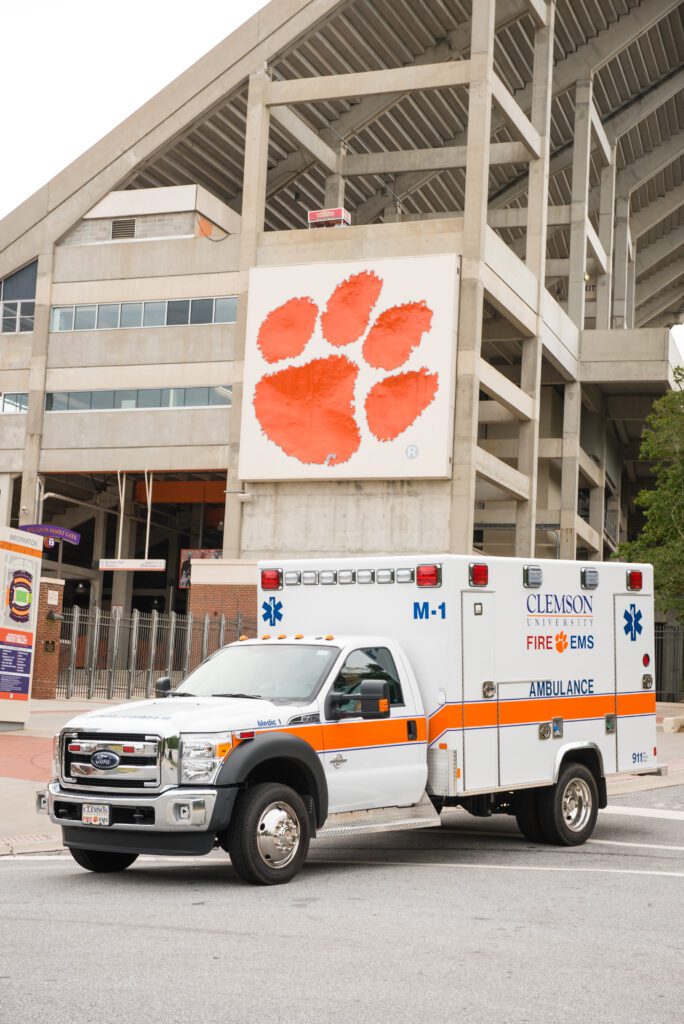
Emergency Medical Service (EMS) for Clemson University
Be responsible with alcohol
CUFD wants to remind you that if you choose to drink, be responsible and follow these tips to stay safe and avoid a visit from EMS:
- Plan not to exceed a certain number of drinks
- Keep track of the number of drinks you consume
- Alternate with water
- Eat before and during drinking
- Know what’s in your drink
- Recognize the signs of alcohol poisoning
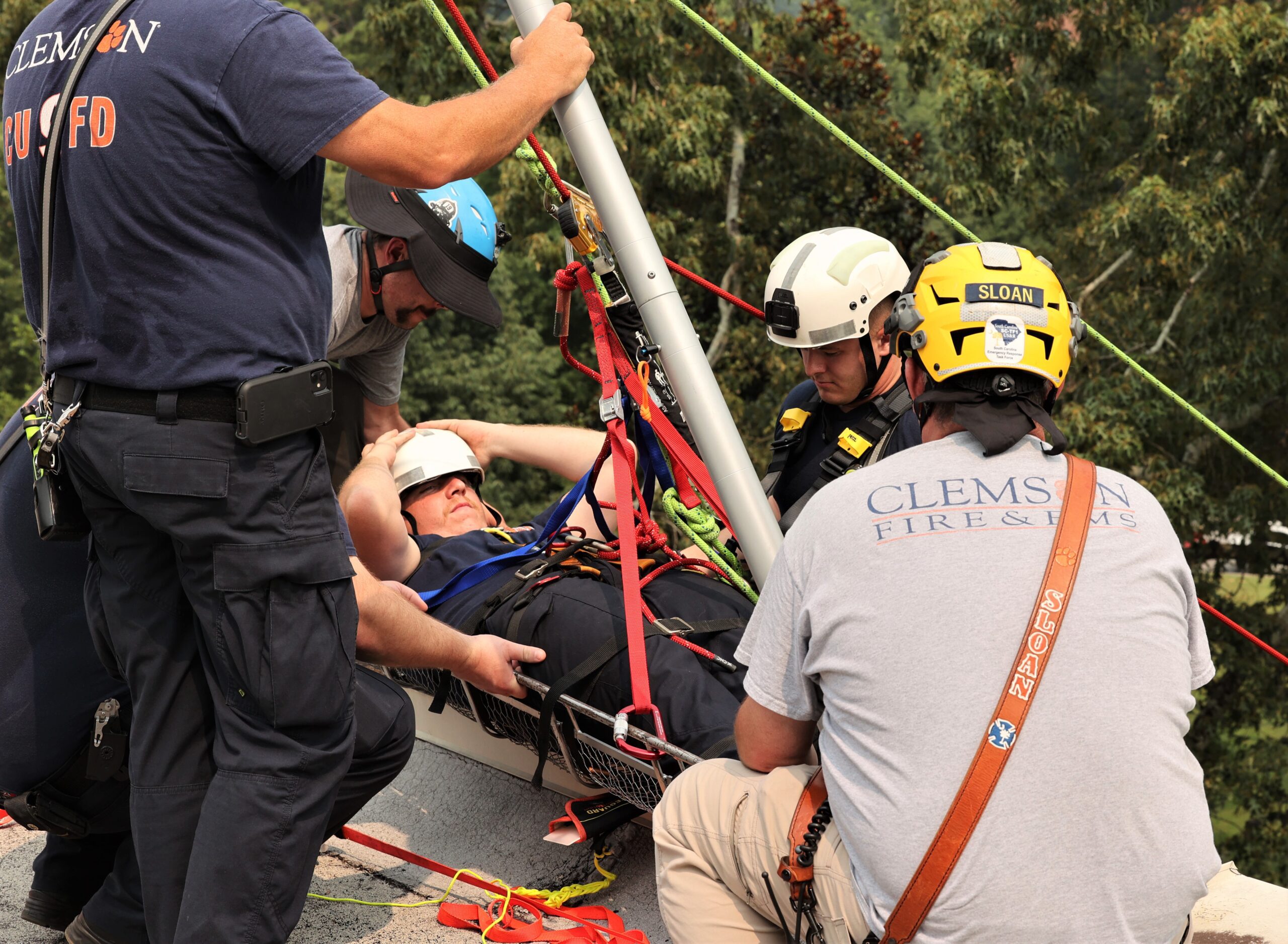
Technical Rescue Team (TRT)
The technical rescue team can conduct confined space rescue, rope or high-angle rescue and trench rescue. Confined space involves rescuing individuals in confined spaces or areas that responders cannot easily reach. In high-angle rescue, firefighters rely entirely on ropes and other specialized hoisting equipment to rescue people who are stranded. Trench rescue involves rescuing a trapped worker from a collapsed ditch.
Water Response Team (WRT)
The water response team is able to conduct open water response, surface water response and localized flash flooding response. Open water response involves rescuing individuals on local lakes, ponds or various other bodies of water. This can include a number of different situations from responding to boating emergencies to diving for lost or missing individuals. The team also has the capability to assist with rising water situations during flash flooding events.
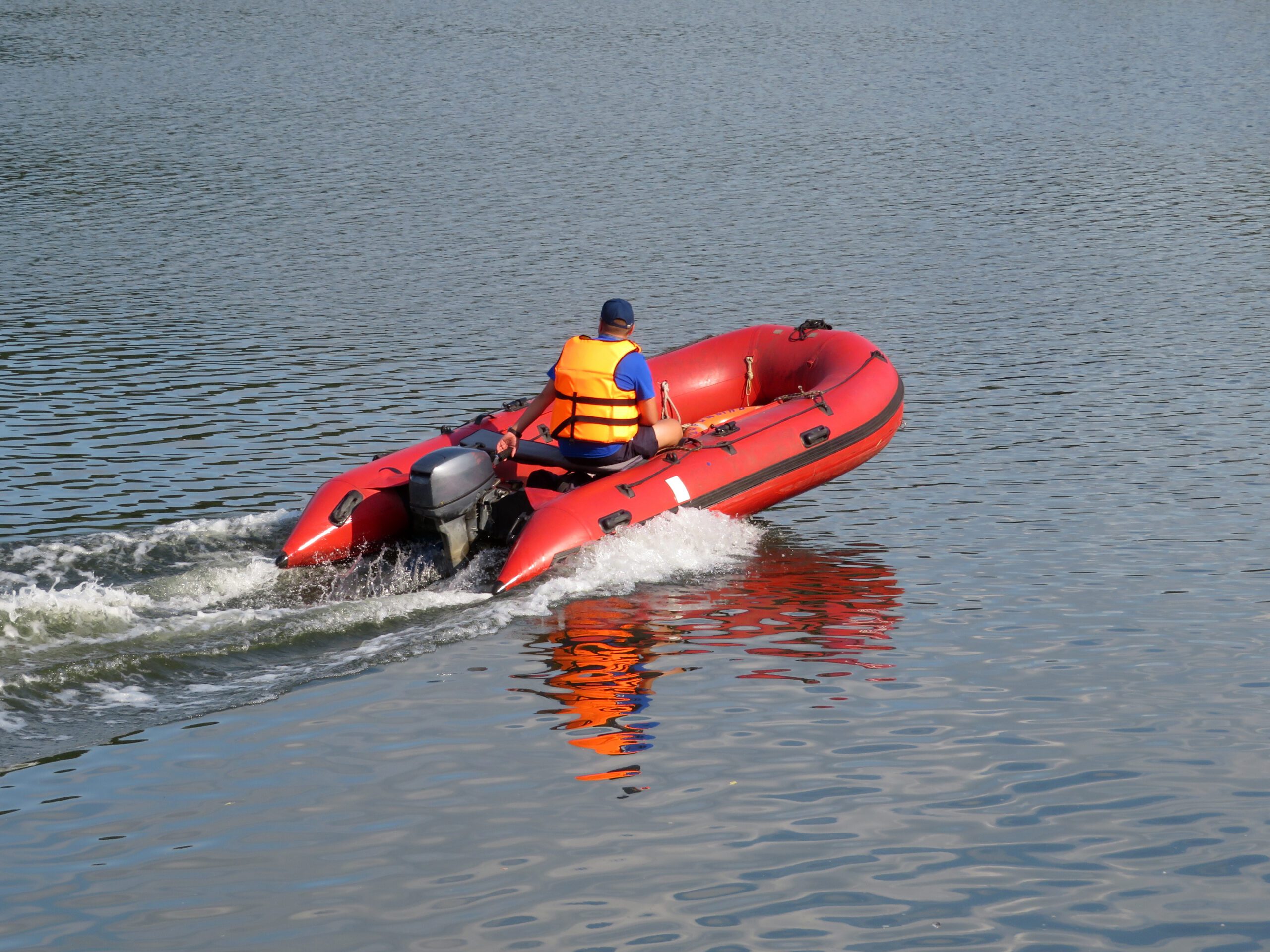
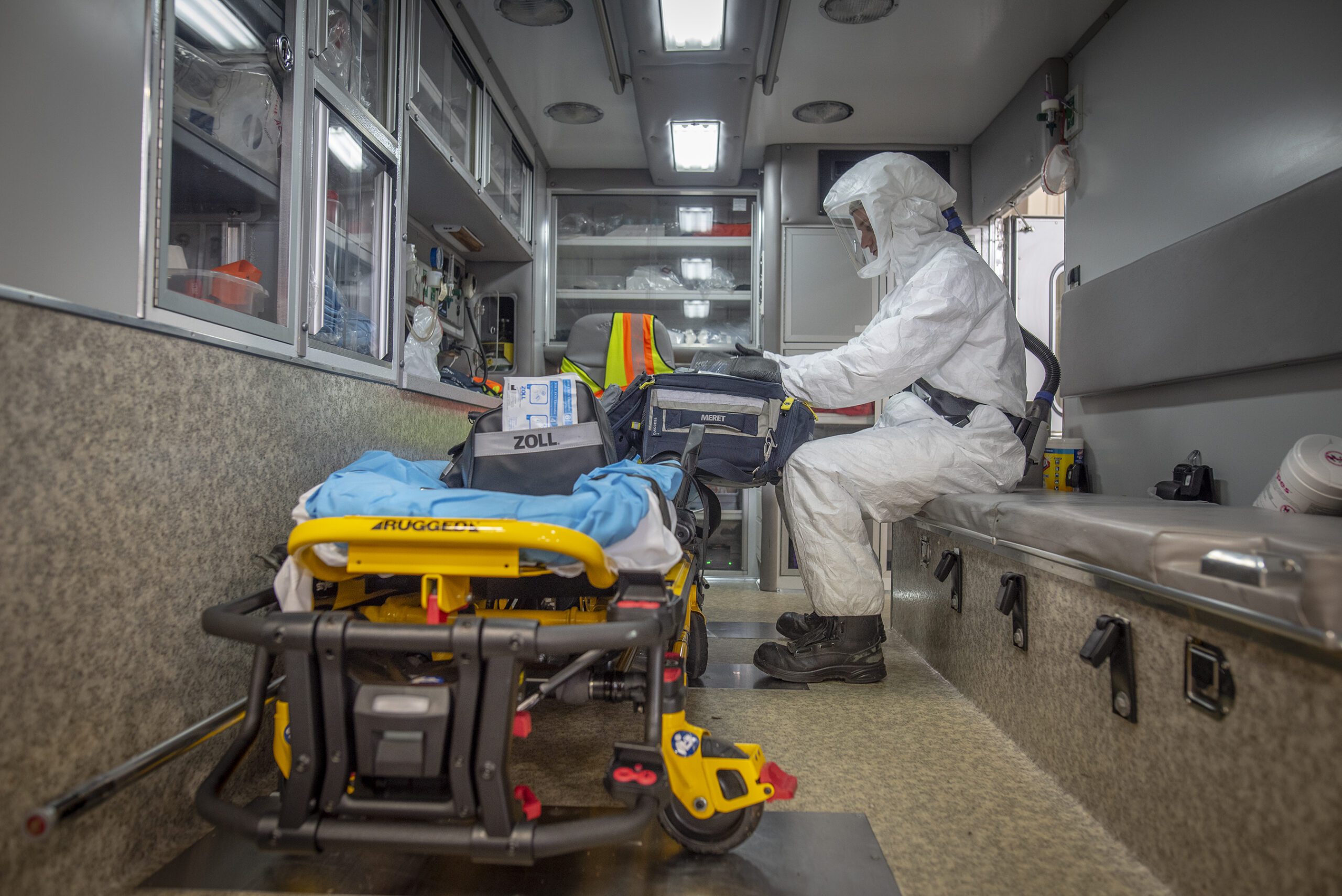
Hazardous Material Team (HazMat)
The hazmat team is comprised of personnel specially trained to handle dangerous goods, including radioactive, flammable, explosive, corrosive, oxidizing, asphyxiating, biohazardous, toxic, pathogenic or allergenic materials.

